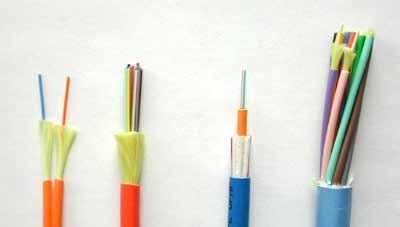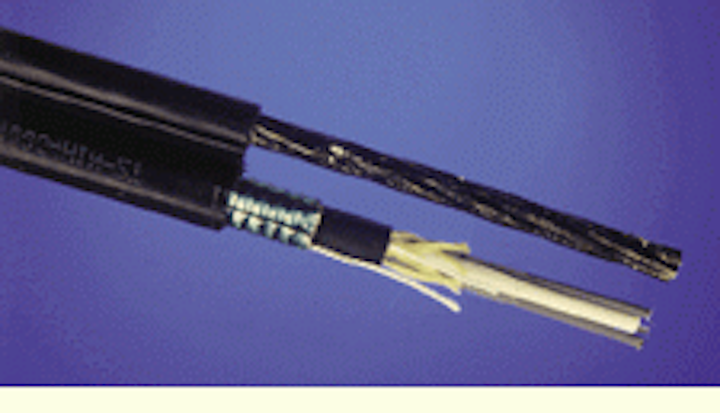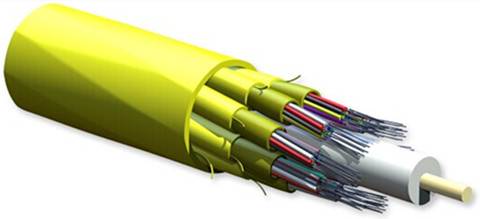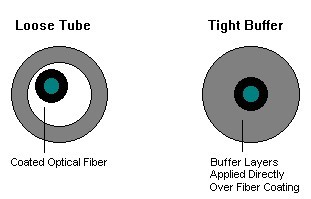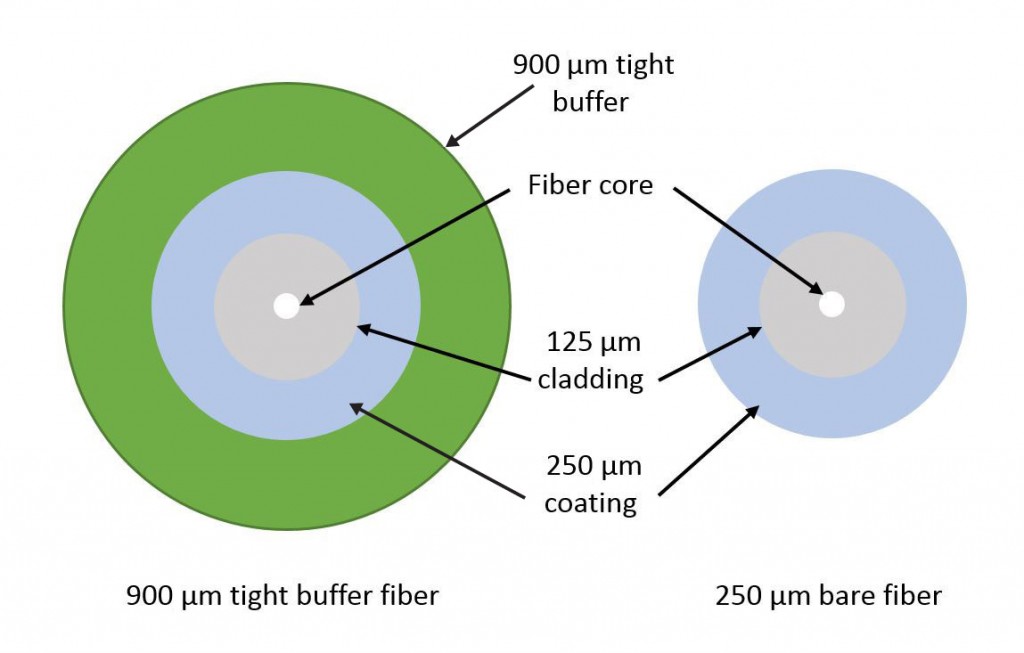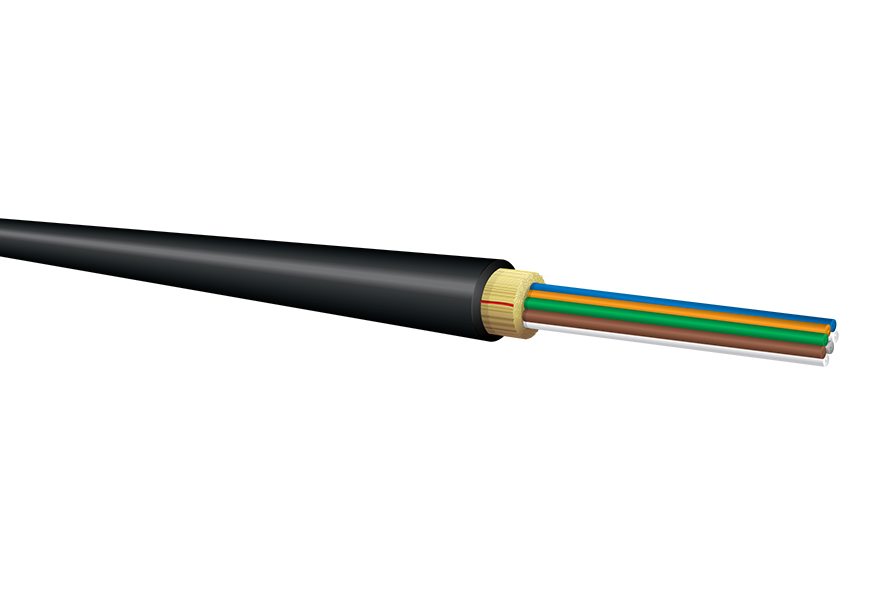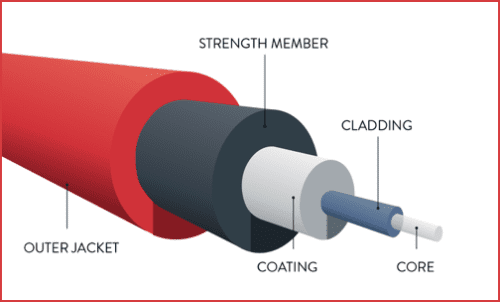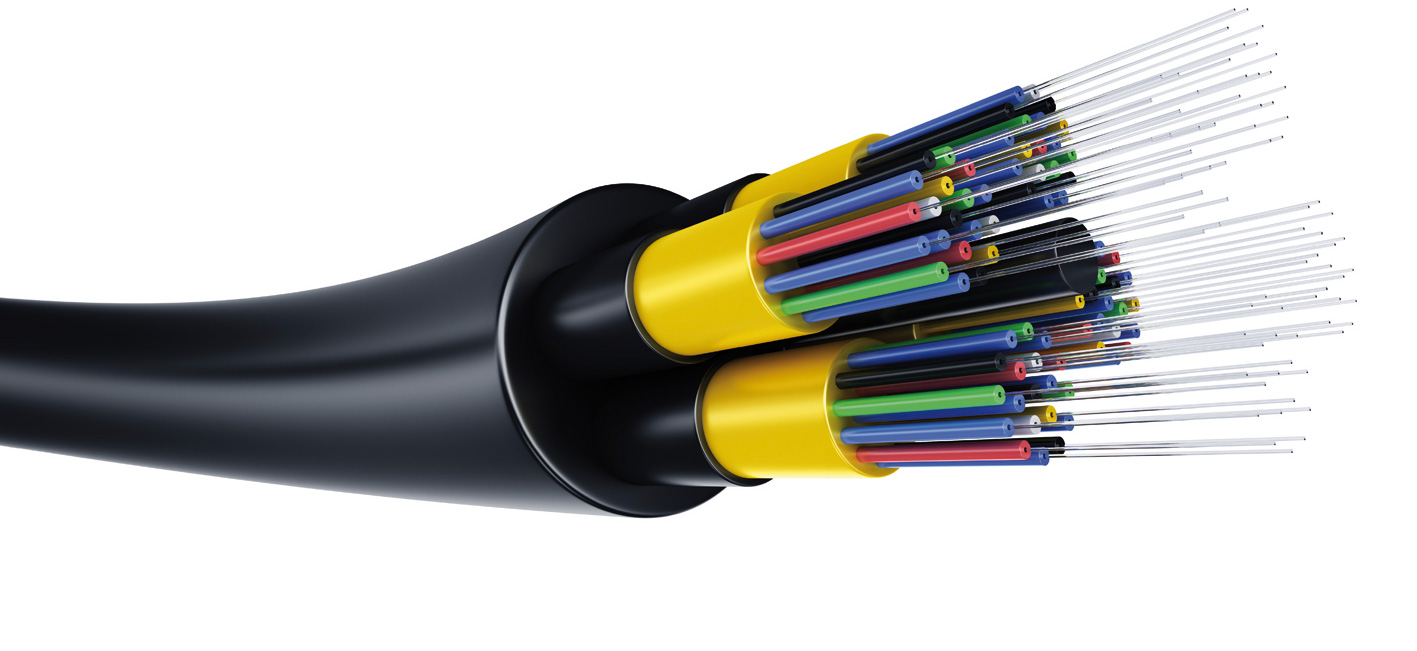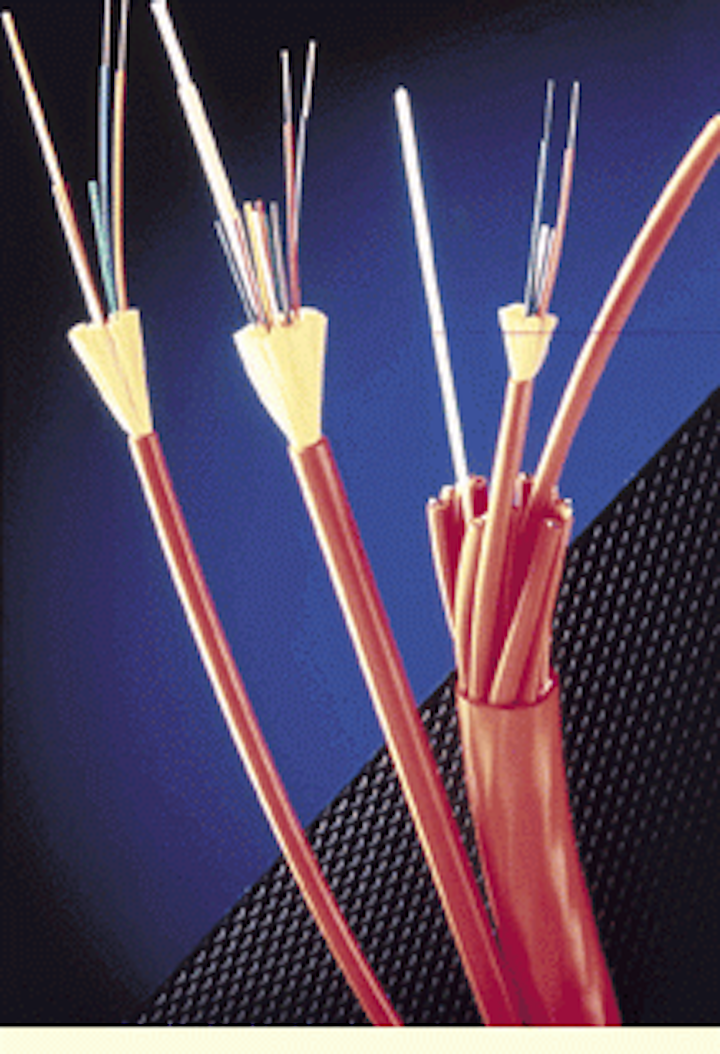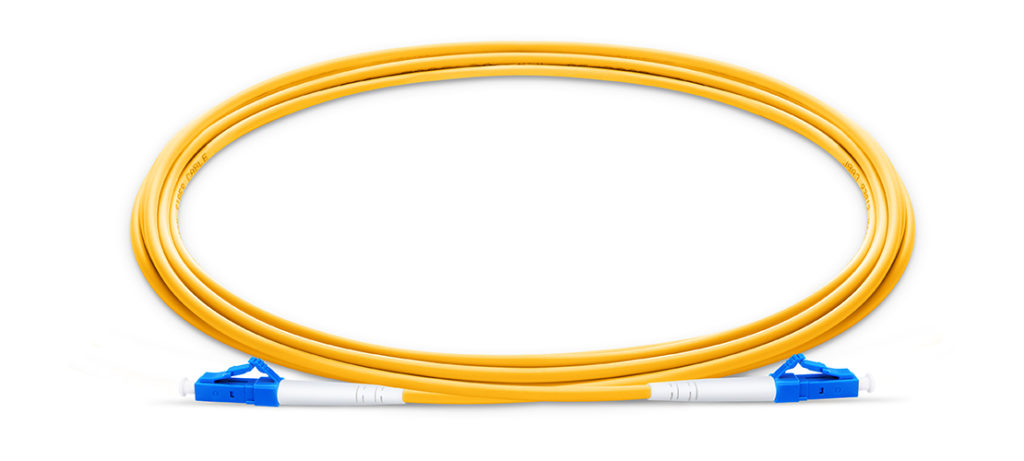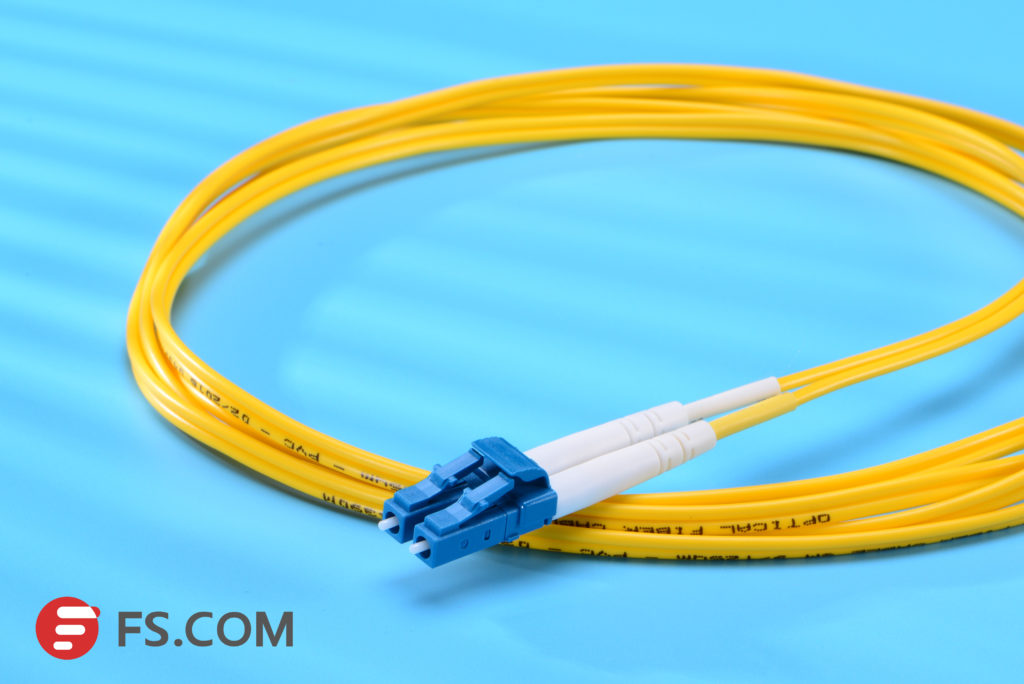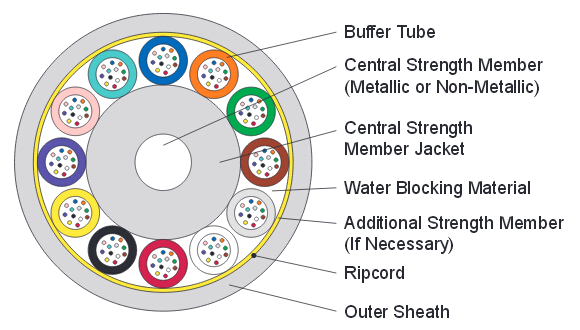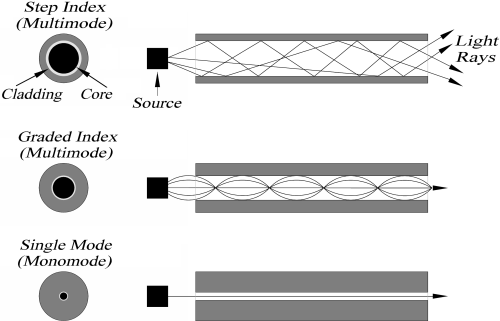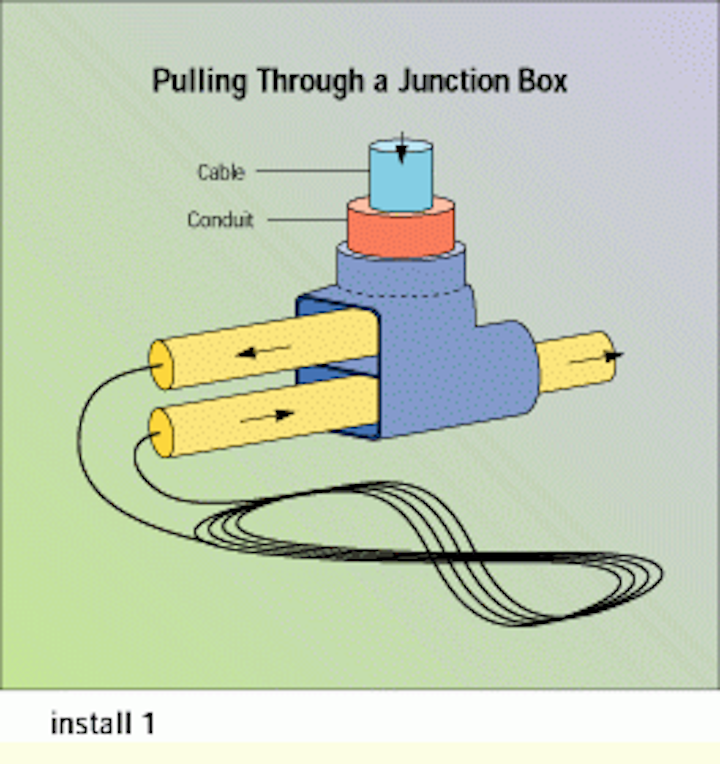Define Tight Buffered Cable

Tight buffered cables are optimal for indoor applications.
Define tight buffered cable. The tight buffered breakout cables consist of several individually jacketed tight buffered fibers basically simplex cordage bundled together as shown in picture below. The other is the hard outer buffer to provide physical protection. One is the soft plastic that allows deformation and reduces forces endured by the fiber. A fiber pigtail is a single short usually tight buffered optical fiber that has an optical connector pre installed on one end and a length of exposed fiber at the other end.
Rather than using the gel layerloose tube has tight bufferedcables have a two layer coating. Being more robust than loose tube cables they are best suited for moderate length lanor wanconnections long indoor runs direct burial and for underwater use. Tight buffered indoor for internal use distribution db cables are constructed of 900µm tight buffered tb fibers surrounded by aramid strength members jacketed in an lszh outer jacket. In the tight buffer construction instead of using the gel layer loose tube cable has it uses a two layer coating.
A fiber optic cable configuration involving a semi rigid hollow plastic tube that houses and protects a number of optical fibers. Tight buffered cables are also recommended for underwater applications. One is plastic and the other is waterproof acrylate. The fibers can be either individually coated or organized into ribbons coated with protective acrylate and the tube is flooded with a water blocking gel.
The acrylate coating keeps moisture away from the cable as the gel filled sleeves do for loose tube cables. The end of the pigtail is stripped and fusion spliced to a single fiber of a multi fiber trunk. Tight buffered cable designs typically offer a smaller package and more flexible cable. The other is waterproof acrylate.
Instead of a gel layer or sleeve to protect the fiber core tight buffered cables use a two layer coating. Tight buffered cables in contrast are optimized for indoor applications. A tight buffered cable is used for short jumper cables and many other indoor applications where the temperature is controlled and the differences in thermal expansion and contraction are not so great between the buffer and fiber as to cause bending which ultimately can lead to cracking and breaking of the fiber. A tight buffered breakout cable has individual subcables within a primary outer cable sheath.

